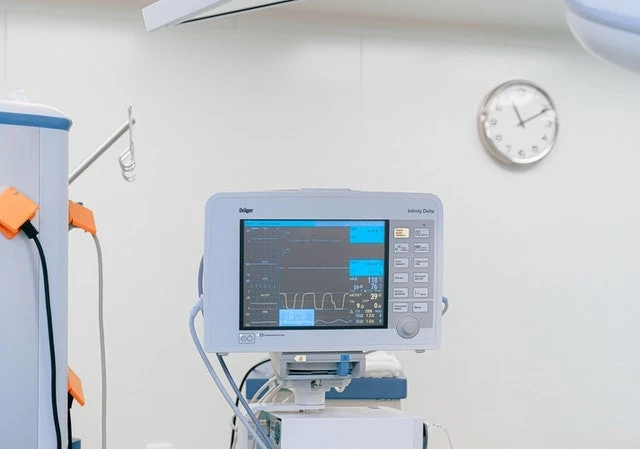Tech Advancements in the Medicine Industry: Are They Here to Stay?
Add bookmarkHealth experts and medical personnel will be the first to say that the medical field is lagging behind when it comes to technology and innovation. Harvard Business Review asserts that despite “astonishing advancements” in recent years, the medical field is often ineffective, inefficient and not so consumer-friendly. However, there are some new innovations that have proven to be exactly the opposite. While it may be soon to determine if these new tech advancements will be long-lasting and worthwhile, here are a few notable ones to keep an eye on:
Ocular sensor by Dr. Sretavan
According to experts,these tiny sensors , so small that they can fit on the back of a honey bee, are driving innovation in the medical industry. Created by Dr. David Sretavan, a professor of ophthalmology at the University of California San Francisco, the tiny ocular sensor could make a trip to the doctor’s office to assess glaucoma risk nearly obsolete. Dr. Sretavan’s sensor is a single example of a medicine industry trend that is merging nanotechnology and biomedicine. Current pressure monitoring technologies are rather crude, says Dr. Sretavan, and are not designed for patients to use at home, as it takes a skilled hand. Though still being developed, one potential option is to have the ocular sensor anchored to the iris in order to collect regular measurements.
S Health App
In today’s technology-driven world, apps are used to collect a wide variety of data, some of which can be potentially life-changing. The S Health app, for example, which pairs best with cutting-edge mobile devices, like the Samsung Galaxy S7 edge and the Samsung Gear S3, can be used to track sleep as well as eating and exercise habits. In addition to tracking health-related data from the user, the app provides access to health articles, including workout tips and healthy living advice. The S Health app puts data and trusted advice into the user’s hand — no doctor’s appointment required.
UpToDate App
Available to subscribers via desktop, tablet or smartphone, the UpToDate app provides medical calculators, search features, information on drugs and drug reactions and full text articles for patient education. In fact, there are currently more than 1,500 patient education topics that can found via the app. This app takes the hard work out of sourcing credible and trusted medical information online, providing both patients and practicing doctors with important information, data and facts. Plus, it's accessible. 20 years ago, information like this was not accessible to the average person. Now, thanks to innovations in the medical field, it is.
VR Training, Diagnosing and More
Virtual reality is one of the most trendy technologies today. And VR is becoming increasingly used as a means to diagnose health issues. Not just for games, VR is a major player in the healthcare arena, as it's currently used in surgery simulation, robotic surgery, skills training, phobia treatment and more. The VR HumanSim system, for example, enables medical personnel to interact with patients in a 3-D environment. The experience even measures a person’s emotional response. As for diagnosing patients, virtual reality technology is being compared to MRI scans, as it can be used to arrive at the same diagnosis and the traditional technology. VR in diagnosing also removes the need for surgery and other normally invasive procedures. However, there is still much more research and development that needs to be done in the VR healthcare sphere before it becomes more widely-adopted.













